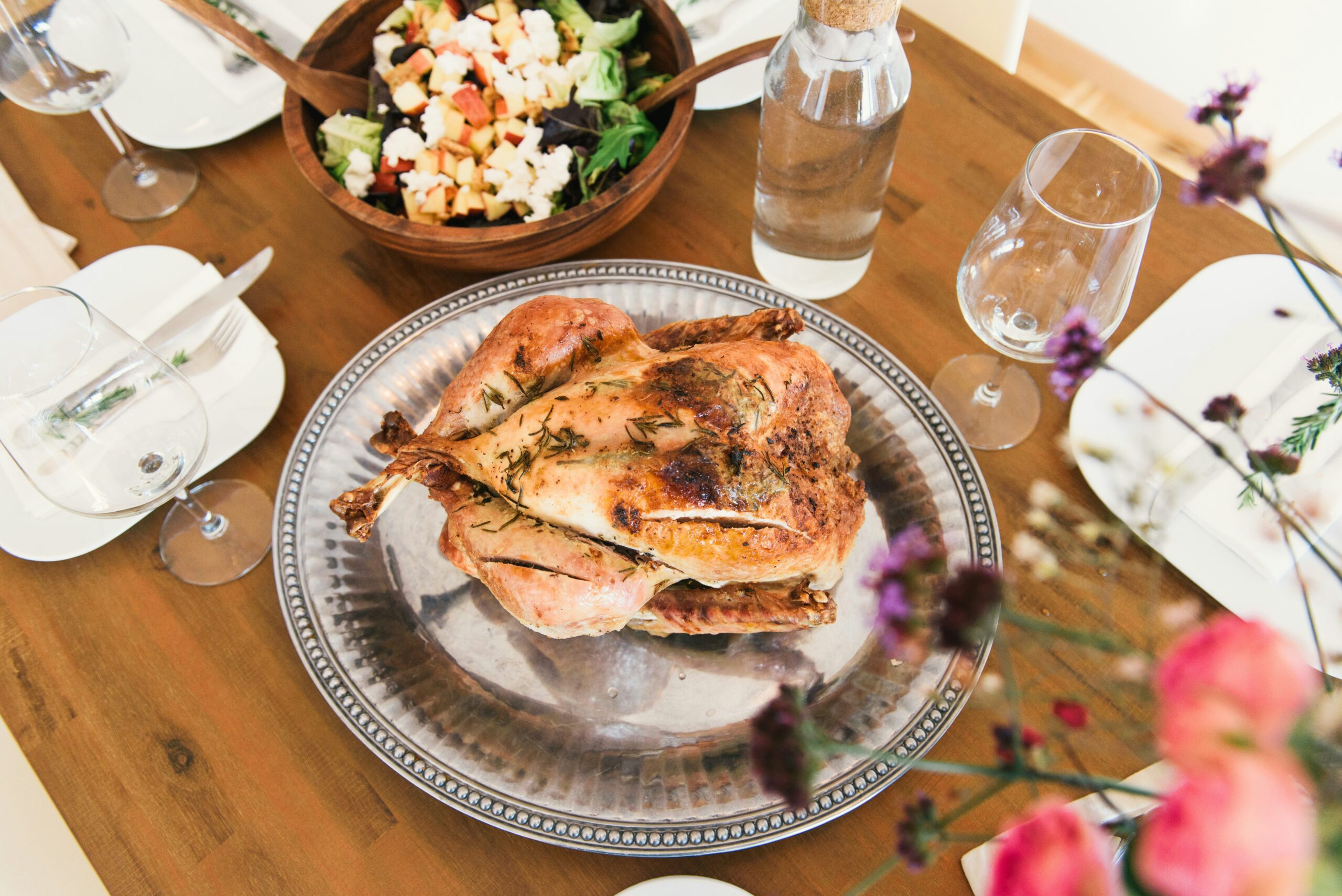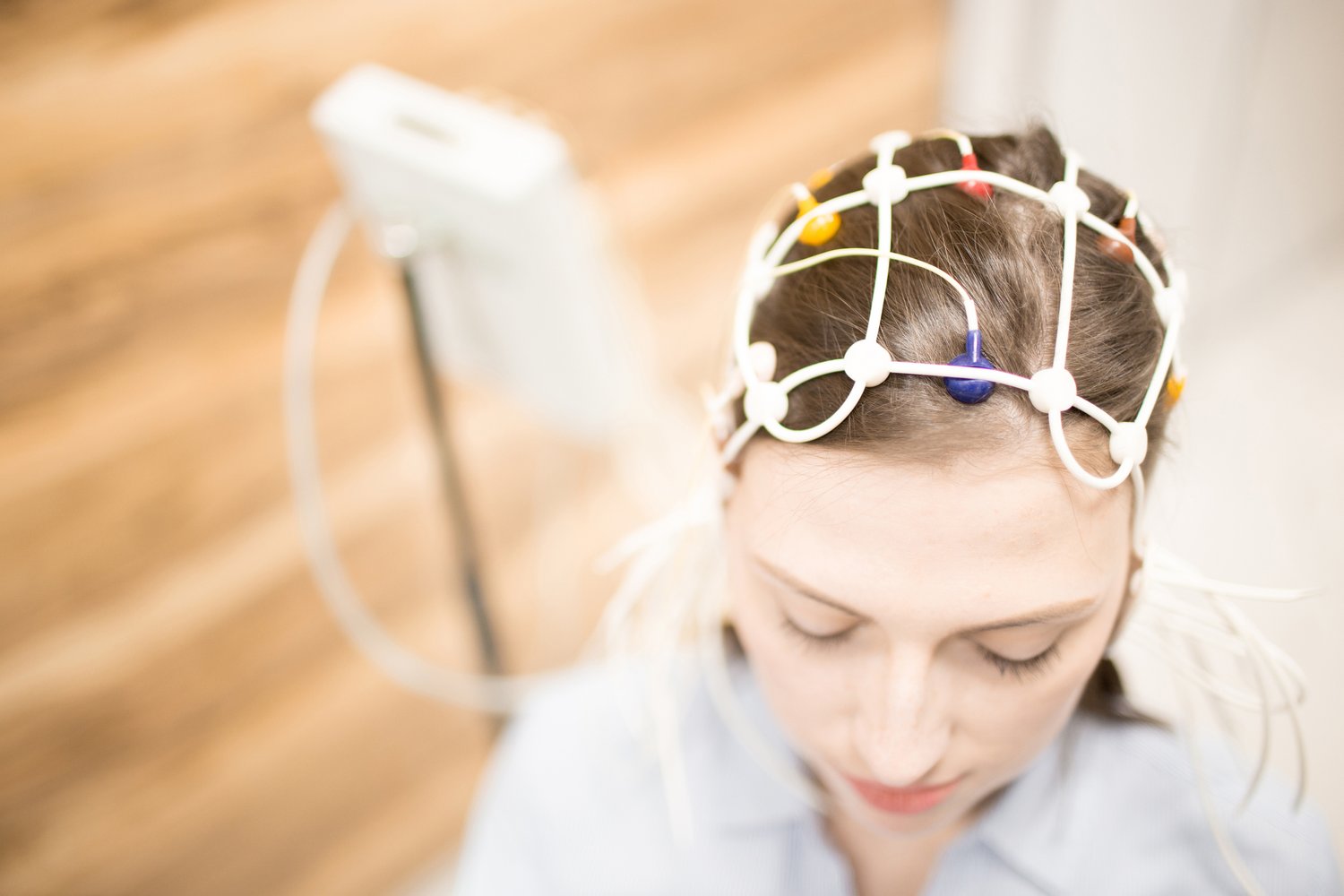In part two of our series about PANS & PANDAS, we talk about the conventional and integrative treatment options, their effectiveness, and the possible side-effects or concerns of each to make the path towards healing clearer for you and your child.
How Do You Treat PANS & PANDAS?
Treatment of PANS & PANDAS involves 3 different strategies:

-
Address inflammatory sources by treating infections (ex. strep, Lyme disease) that can trigger inflammation or directly attack the brain.
-
Regulate the immune system by reducing inflammation and autoimmunity, which is when the immune system mistakenly attacks the brain.
-
Provide psychological & emotional support for children and their families who may be struggling with anxiety, depression, or trauma.
It is important to keep in mind that PANS & PANDAS are complex illnesses that require complex solutions, which means:
-
Patients often need more than a short course of antibiotics. While most children who get strep can usually be treated with a few days of antibiotics, those who develop PANS & PANDAS may need a combination of different treatments to see any improvement.
-
Treatments should be highly individualized to each case. For example, some children get better simply with antibiotics, while others may need to use all 3 strategies listed above for effective treatment.
-
Most children require longer-term treatment. Many children with PANS & PANDAS suffer from relapsing flare-ups of symptoms, so we need to consider options that are safe and effective over months and years.
The evidence behind pans & pandas treatment
Because these conditions were only recognized recently, we don’t have gold standard or conclusive guidelines for treatment based on large-scale studies. Treatment recommendations are based on clinical experiences, small-scale studies, and/or in-vitro (i.e. test tube or petri dish) experiments.
Below, we explore the most common treatments, how they work, and the cases that they are best suited for.
The Conventional Approach: Treating PANS & PANDAS with Antibiotics, Steroids, and More
| Treatment Strategy | Treatment Method | Concerns / Side Effects |
|---|---|---|
| 1. Address inflammatory sources | Antibiotics: are required for PANDAS cases with active strep infections. They may also be helpful in PANS cases caused by bacterial triggers. Antibiotics are sometimes prescribed for many months or longer to address chronic infections, such as persistent Lyme disease, or to prevent future flare-ups. |
|
| 2. Regulate immune system | Steroids: can help to reduce inflammation and autoimmunity by suppressing the immune system. They should be recommended only if there is clinical evidence of inflammation or autoimmunity. One small study showed that steroids can help reduce the length of flare-ups in some children from 16 weeks to 10 weeks. |
|
| 2. Regulate immune system | IVIg (Intravenous Immunoglobulin): consists of immunoglobulins prepared from a pool of antibodies from the blood plasma of thousands of donors and is administered through a vein in the arm. It appears to decrease inflammation and prevent autoimmunity. IVIg is recommended only if there is evidence of inflammation, immune deficiency, or autoimmunity. In one small study, 49% of parents reported IVIg as very effective and 25% as somewhat effective. |
|
| 3. Provide psychological and emotional support | SSRIs (Selective Serotonin Reuptake Inhibitors): are the first-line medication treatments for symptoms of OCD and anxiety. However, most doctors who recognize PANS & PANDAS prescribe SSRIs only if medical treatments are not sufficient, as SSRIs do not treat underlying infections or issues. In one parent survey, 17% reported SSRIs as very effective and 27% somewhat effective. |
|
| 3. Provide psychological and emotional support | CBT (Cognitive Behavioral Therapy): is a form of talk therapy that is most commonly used for OCD and is often covered by insurance. Children are gradually exposed to anxiety-provoking objects and situations and taught how to reframe their thoughts and responses. In one small study, all 8 children improved with CBT, and the average OCD symptoms were reduced by 49%. |
|
Even with current conventional treatments, however, many children don’t fully recover and continue to suffer from repeating episodes. The integrative approach can help address the underlying cause of these repeated episodes and offer safer, better-tolerated treatments if long-term care is needed.
Why Do Children with PANS & PANDAS Need an Integrative Approach with Natural Treatments?

Imagine that you have a leak in your roof. You might try to caulk over any holes that you see or put a bucket down to catch the water and protect your floors. However, if you keep getting leaks, you know that the real solution is more complex than what you can see – there’s probably hidden damage in your ceiling or roof that you have to address to prevent bigger problems in the future.
Treatment for PANS & PANDAS often follows this same path. While conventional treatments like steroids or antibiotics might help to treat acute, short-term infections, many children continue to suffer from repeated flare-ups of psychiatric symptoms. Rather than using repeated courses of antibiotics and steroids, which can worsen a child’s immune system over time, we should address the “hidden damage” that makes children vulnerable to these episodes.
Treating the Whole Child, Not just the Symptoms
The integrative approach recognizes that we need to take a whole body perspective for chronic illnesses like PANS & PANDAS. Most importantly, the integrative approach considers the relationship between gut health, immune function, and brain health.
About 70% of the body’s immune cells are housed in the gut, the training grounds for the army of immune cells that will protect the body and brain. In some children with PANS & PANDAS, changes in the “good” bacteria in the gut microbiome leads to the creation of molecules that can contribute to inflammation in the brain. In our practice, about half of the children with PANS & PANDAS have significant abnormalities in their gastrointestinal labs, and many improve with targeted treatments for the microbiome and gut health.
Integrative & Natural Treatments for PANS & PANDAS: Safe & Promising
The treatments used in this approach are generally focused on natural options, which are:
-
Safe in the context of an unclear diagnosis. This offers another option to doctors and parents who are hesitant to use antibiotics or steroids when there is no clear sign of an infection or when symptoms are not severe.
-
Well-tolerated over a long period of time. Because many children require longer-term treatment, these options appear to be well-tolerated over weeks and months.
The preliminary data for integrative treatments is also promising. In one parent survey, many families reported improvement in their children with several integrative treatments, including:
-
Probiotics: 89% of families reported improvement
-
Vitamin D: 97%
-
Magnesium: 94%
-
Gluten-free diet: 86%
Responses to Integrative Treatments in Parent Survey
Although we need more studies to better understand which treatments are most effective for the various causes of PANS & PANDAS, this parent survey supports that we should consider these treatments.
| Treatment Approach | Treatment Method | Concerns / Side Effects |
|---|---|---|
| 1. Address inflammatory sources | Herbal antimicrobials: Herbs like cryptolepsis and artemisinin appear to be effective in addressing bacterial infections responsible for Lyme disease, while others like oregano oil and lomatium may be effective against viruses, which are responsible for future flare-ups. These herbs may be a safer option than antibiotics for long-term treatment and prevention when an infectious trigger has not been identified. Additionally, they do not appear to have negative effects on the microbiome. |
|
| 2. Regulate immune system | Dietary changes: help reduce inflammation with anti-inflammatory, gluten-free, dairy-free, or low-sugar diets. Including colorful fruits and vegetables high in brain-protective phytonutrients in your diet can also help with inflammation and autoimmunity. |
|
| 2. Regulate immune system | Natural anti-inflammatories: can help support immune system function. These include beta glucan, vitamin C, and colostrum. Some can also reduce inflammation, including turmeric, chinese skullcap, fish oil, and vitamins C & D. These are non-steroidal options for inflammation. |
|
| 3. Provide psychological and emotional support | CBT (Cognitive Behavioral Therapy): is used commonly in both conventional and integrative settings because of its effectiveness and low risk. |
|
| 3. Provide psychological and emotional support | Reduce activation of flight-or-fight mode: Many children have nervous systems in sympathetic overdrive that can cause anxiety and stress. Supplements can calm the nervous system or ease anxiety, including nervines (such as skullcap, passion flower, chamomile, and lemon balm), l-theanine, and magnesium. Many of these supplements are also neuroprotective. Neurofeedback, a form of brain wave training, can be used to calm the anxious brain through real time EEG and video and audio feedback. |
|
| 4. Whole body health | Treating gut imbalances: Current research shows how the imbalances in the gut can contribute to immune dysregulation and psychiatric disorders. Possible treatment includes dietary changes, prebiotics, probiotics, and other supplements such as zinc or vitamin A. |
|
Next Steps for Healing Your Child
As you are looking for a doctor to partner with and considering treatment options, we recommend keeping these steps in mind:
-
Opt for natural and well-tolerated options whenever possible: When treating a developing child, look for treatments that cause no harm or as little harm as possible. Even common medications like antibiotics have the potential to disrupt development in the long run.
-
Use a root cause approach: Look for a doctor who uses a functional or integrative approach to get to the root cause of your child’s symptoms.
-
Address the gut: Healing the gut is vital for regulating the immune system and is often overlooked in PANS & PANDAS treatment.
Parents should realize they are not alone in this struggle. We recommend reaching out to support groups and finding a doctor near you who can support your family. For those who are located in the San Francisco Bay Area and would like to learn more about our clinic’s integrative approach for PANS & PANDAS, you can visit our website.
References







